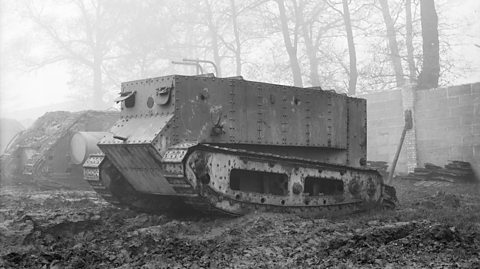When did World War One begin?
On 4 August 1914, Britain declared war on Germany.
It became known as The Great War, as it affected people all over the world.
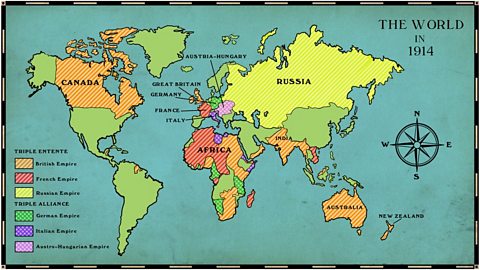
Who was the war between?
The war was between:
| The Triple Alliance | The Triple Entente |
|---|---|
| Germany | Great Britain |
| Austria - Hungary | France |
| Their Allies | Russia |
Each of the countries got their troops ready to fight. They included the army (people who fight on land) and the navy (people who fight on the seas).

Why were empires important?
Great Britain, Germany, Austria-Hungary and Russia all ruled many countries (colonies) across the world. They wanted to keep their empires strong and saw other countries taking over new territories as a threat.
When Germany and Austria-Hungary took control of small countries like Bosnia and Morocco, the rest of the world thought they were being aggressive.
How did the war start?
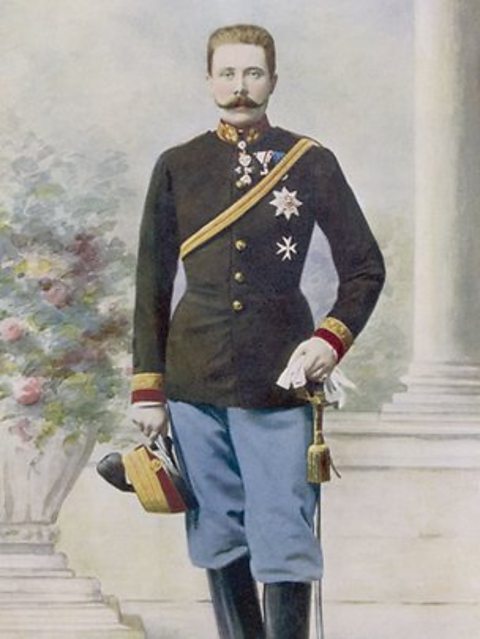
Many countries had made alliances with one other. They agreed to protect each other. If one was attacked, the others would defend them.
On 28 June 1914, Archduke Franz Ferdinand, the heir to the throne of Austria-Hungary, was shot and killed by a Serbian man who thought Serbia should control Bosnia instead of Austria.
Because its leader had been shot, Austria-Hungary declared war on Serbia. As a result:
Russia got involved because Russia had an alliance with Serbia.
Germany then declared war on Russia because Germany had an alliance with Austria-Hungary.
Britain declared war on Germany because of its invasion of neutral Belgium. Britain had agreements to protect both Belgium and France.

Where were battles fought?
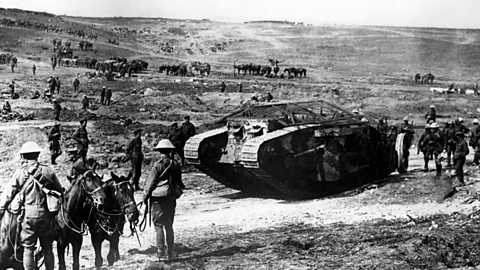
Image caption, War on land
Battles took place in France, Luxembourg and Belgium, called the Western Front; and in Russia, called the Eastern Front. There was also fighting on land in Italy, the Middle East and parts of Africa.
Image caption, War at sea
Naval battles mainly took place in the North Sea and the Atlantic. Britain used blockades to stop Germany from receiving supplies by sea. Germany reacted by using U-boats (submarines) to attack ships travelling to Britain.
Image caption, War in the air
Aeroplanes were new at this time. There were three different types of aircraft: Scouting, used for fighting; Bombers; and Reconnaissance, used for photography and directing artillery.
1 of 3
What was trench warfare?
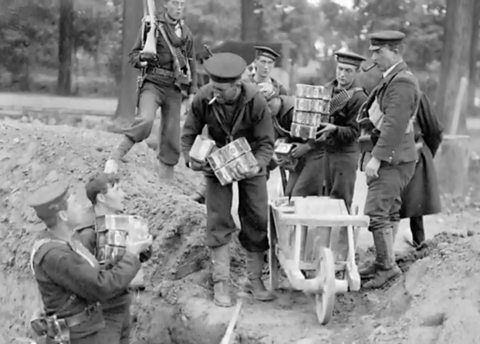
Many battles were fought using trench warfare.
Long ditches were dug in the ground. Soldiers lived in these trenches and sometimes climbed out to attack.
A famous example of trench warfare was the Battle of the Somme. It lasted from July to November 1916. Around one million soldiers were killed, wounded or missing in the battle.

How did life at home change?
The Defence of the Realm Act gave the government more power than it would usually have.
- There were restrictions on bonfires, pubs, and buying binoculars.
- Feeding wild animals was seen as a waste of food so it became a crime.
- Newspapers were stopped from writing anything that didn't support the war.
Lots of new jobs were created, such as making weapons in factories. Some women got the chance to have paid jobs for the first time.
The war years affected everybody. Their lives would never be the same again.
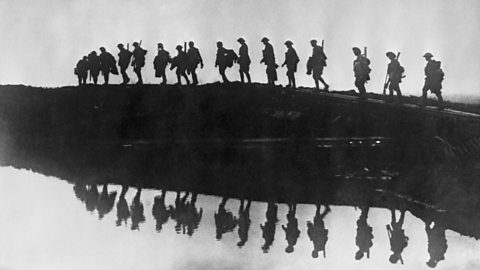
Activities
Activity 1: Quiz – Causes of World War One
Activity 2: History Explorer game
Play this game to test your knowledge and learn even more facts about World War One.
History Explorer: Secrets through time
History Explorer: Secrets through time: KS2 History

Bitesize Primary games. gameBitesize Primary games
Play fun and educational primary games in science, maths, English, history, geography, art, computing and modern languages.

More on World War One
Find out more by working through a topic
- count3 of 43
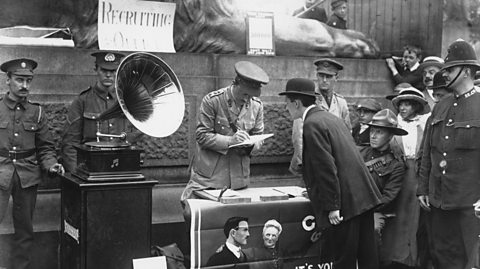
- count4 of 43
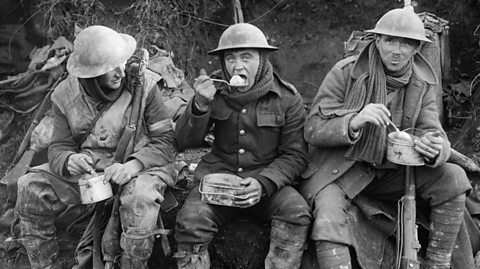
- count5 of 43
